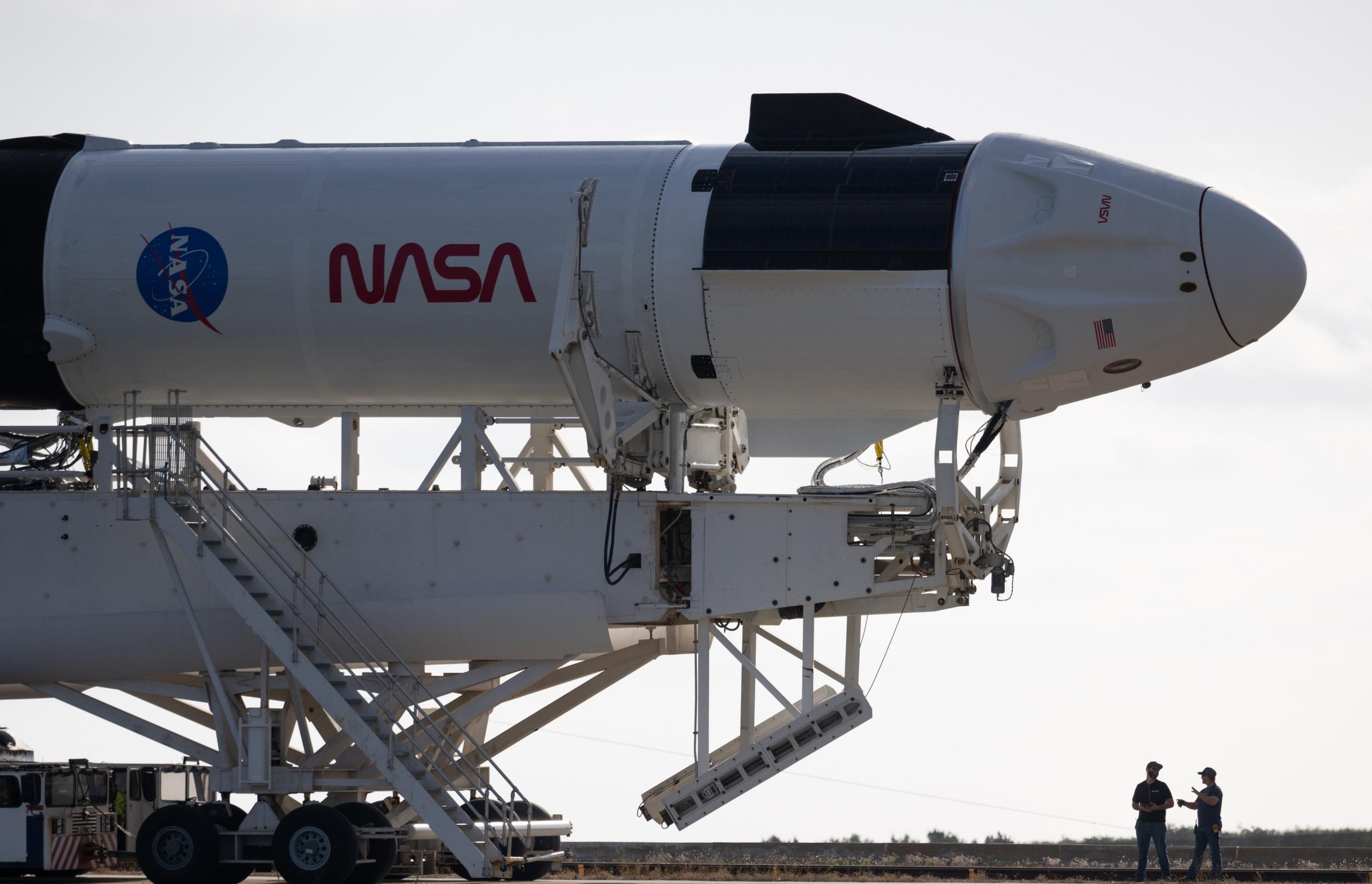

News
SpaceX bests Boeing to become NASA’s largest for-profit vendor
Fourteen years after winning its first major NASA contract, data shared by Aviation Week reporter Irene Klotz shows that SpaceX has usurped every other major aerospace company in the US to become the space agency’s largest for-profit vendor.
SpaceX’s ascension up those ranks has been arduous and far from guaranteed, but the company now provides NASA with a wide range of relatively affordable spaceflight services. SpaceX was paid a record $2.04 billion for those services in the 2022 fiscal year. Only the California Institute of Technology (Caltech), a nonprofit that includes the entirety of the Jet Propulsion Laboratory (JPL) and received $2.68 billion in the same period, ranks higher on NASA’s list of FY2022 vendors. Boeing came in third with $1.72 billion, followed by Lockheed Martin with $1.34 billion.
Cargo
NASA kickstarted its relationship with SpaceX in December 2008 when it awarded the company a $1.5 billion contract to develop the first versions of the Cargo Dragon spacecraft and Falcon 9 rocket and deliver cargo to the International Space Station (ISS). Famously, founder and CEO Elon Musk once told 60 Minutes that, to a degree, NASA’s contract saved SpaceX from imminent bankruptcy and possible dissolution.
Saved by the infusion of resources, SpaceX successfully debuted Falcon 9 in June 2010 and began operational ISS cargo deliveries under NASA’s Commercial Resupply Services (CRS) program in October 2012. Aside from a survivable engine failure on CRS-1 (2012) and one catastrophic Falcon 9 failure on CRS-7 (2015), NASA and SpaceX’s CRS cooperation has been a thorough success. SpaceX is just a few weeks away from CRS-26, which will likely become Cargo Dragon’s 26th successful ISS cargo delivery in 10 years.
NASA ultimately paid SpaceX $3.04 billion to complete its first 20 CRS missions. SpaceX’s newer CRS-2 contract, which bore launches in January 2021, has 15 missions on contract and will likely cost NASA another $3.5 billion by the mid-2020s. SpaceX launches an average of three CRS missions per year, likely translating to about $700 million in annual revenue. SpaceX completed two Cargo Dragon launches for NASA in FY2022.
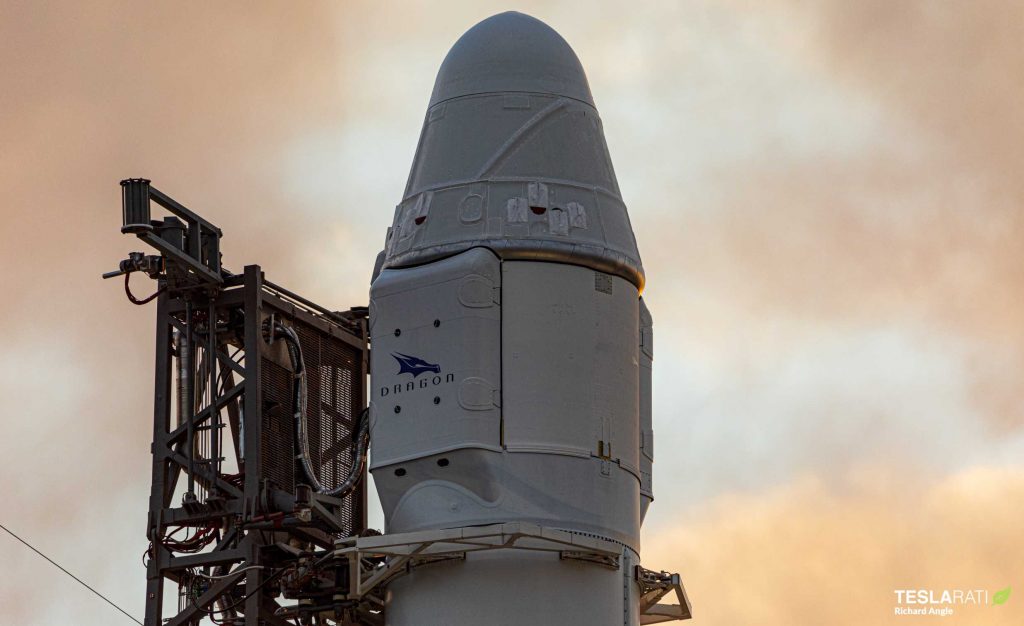

Crew
The second biggest contributor to SpaceX’s NASA revenue is Crew Dragon. In 2014, NASA contracted with SpaceX and Boeing to independently develop spacecraft capable of safely transporting astronauts to and from the International Space Station (ISS), taking over the role the Space Shuttle and Russian Soyuz spacecraft filled from 2000 to 2020. Crew Dragon completed its first uncrewed orbital test flight in March 2019 and its first crewed test flight in May 2020. Operational launches began in November 2020.
Subverting all expectations, Boeing’s Starliner crew capsule completed its first fully successful uncrewed test flight in May 2022, a full three years behind SpaceX. Starliner’s first crewed test flight is now scheduled no earlier than (NET) February 2023, while its first operational astronaut launch is tentatively scheduled for Q3 2023 at the earliest. Thanks to Boeing’s woeful performance, SpaceX has been responsible for launching every NASA astronaut (save one) since late 2020 and will continue to do so well into 2023. That means that SpaceX is on call for two Crew Dragon launches per year for NASA, whereas the Commercial Crew Program originally hoped that SpaceX and Boeing would each launch once per year.
In 2022, NASA took the extraordinary step of purchasing eight additional Crew Dragon launches while buying zero extra Starliner launches. Through 2030, SpaceX is now under contract to complete 14 operational Crew Dragon missions for NASA for $4.93 billion – less than the $5.1 billion NASA will pay Boeing for just six operational Starliner launches. For its first six operational missions, SpaceX is charging NASA about $220 million apiece. For Crew-7 through Crew-14, SpaceX will charge approximately $290 to $300 million per mission.
SpaceX completed two Crew Dragon launches for NASA in FY2022.
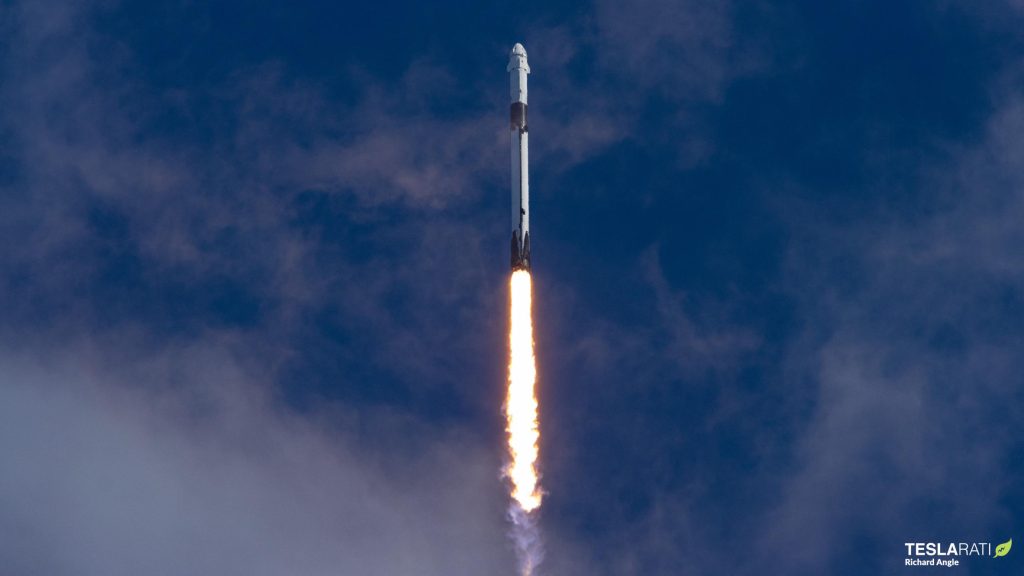
Falcon
Aside from launching Dragons for NASA, SpaceX’s Falcon 9 and Falcon Heavy rockets are also heavily relied upon to launch a wide range of scientific spacecraft through the Solar System. Since 2010, NASA’s Launch Services Program (LSP) has paid SpaceX almost $1 billion to complete six launches (worth about $400M) and prepare for at least nine others. The nine additional LSP launches SpaceX is scheduled to complete between November 2022 and June 2026 will cost NASA around $1.4 billion. Five of those missions will use SpaceX’s larger Falcon Heavy rocket and represent more than $1 billion of that $1.4 billion.
In FY2022, SpaceX completed two NASA LSP launches for about $120 million.
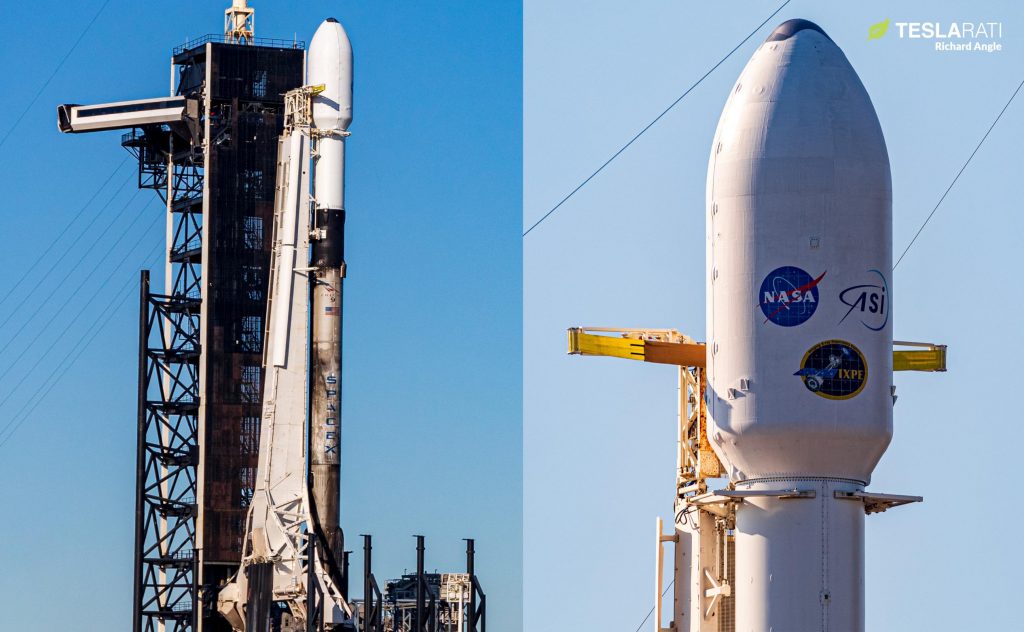
Starship
Finally, the last major line item on NASA’s SpaceX expenditures is focused on Starship. In April 2021, NASA awarded SpaceX a $2.9 billion Human Landing System (HLS) contract (~$3 billion including previous funding) to develop a Starship-derived Moon landing system capable of transporting astronauts to and from the lunar surface. Since 2020, NASA has paid SpaceX $1.26 billion for its work on HLS, more than $800 million of which was disbursed in FY2022.
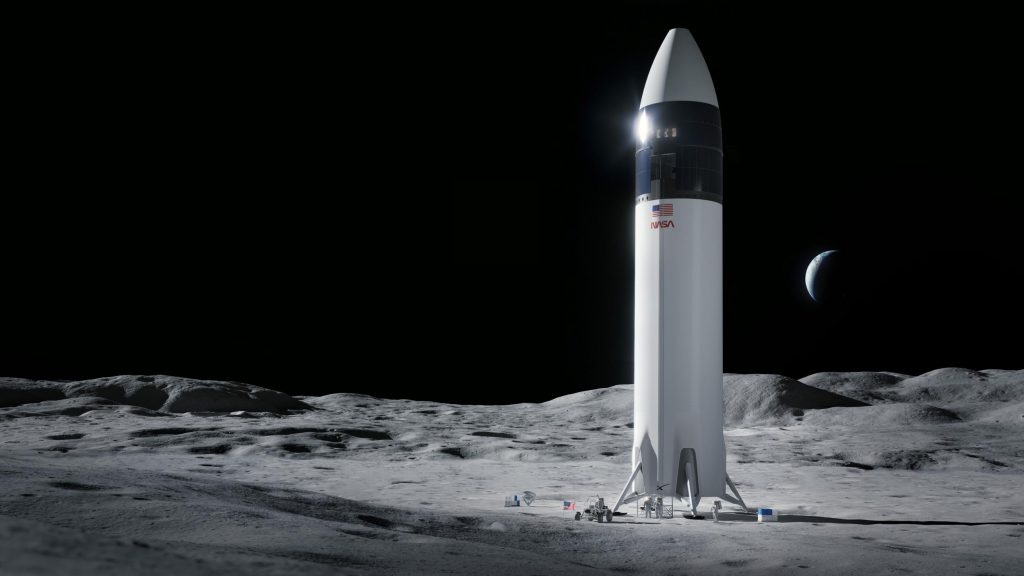
All told, a rough estimate of the four programs above accounts for about $1.82 billion of the $2.04 billion NASA paid SpaceX in FY2022. SpaceX was also paid about $50 million for work on its 2024 launch of Europa Clipper, leaving about $170 million that can probably be explained by other advance payments for work on upcoming Dragon and LSP launches.
News
Tesla UK sales see 14% year-over-year rebound in June: SMMT data
The SMMT stated that Tesla sales grew 14% year-over-year to 7,719 units in June 2025.

Tesla’s sales in the United Kingdom rose in June, climbing 14% year-over-year to 7,719 units, as per data from the Society of Motor Manufacturers and Traders (SMMT). The spike in the company’s sales coincided with the first deliveries of the updated Model Y last month.
Model Y deliveries support Tesla’s UK recovery
Tesla’s June performance marked one of its strongest months in the UK so far this year, with new Model Y deliveries contributing significantly to the company’s momentum.
While the SMMT listed Tesla with 7,719 deliveries in June, independent data from New AutoMotive suggested that the electric vehicle maker registered 7,891 units during the month instead. However, year-to-date figures for Tesla remain 2% down compared to 2024, as per a report from Reuters.
While Tesla made a strong showing in June, rivals are also growing. Chinese automaker BYD saw UK sales rise nearly fourfold to 2,498 units, while Ford posted the highest EV growth among major automakers, with a more than fourfold increase in the first half of 2025.
Overall, the UK’s battery electric vehicle (BEV) demand surged 39% to to 47,354 units last month, helping push total new car sales in the UK to 191,316 units, up 6.7% from the same period in 2024.
EV adoption accelerates, but concerns linger
June marked the best month for UK car sales since 2019, though the SMMT cautioned that growth in the electric vehicle sector remains heavily dependent on discounting and support programs. Still, one in four new vehicle buyers in June chose a battery electric vehicle.
SMMT Chief Executive Mike Hawes noted that despite strong BEV demand, sales levels are still below regulatory targets. “Further growth in sales, and the sector will rely on increased and improved charging facilities to boost mainstream electric vehicle adoption,” Hawes stated.
Also taking effect this week was a new US-UK trade deal, which lowers tariffs on UK car exports to the United States from 27.5% to 10%. The agreement could benefit UK-based EV producers aiming to expand across the country.
News
Tesla Model 3 ranks as the safest new car in Europe for 2025, per Euro NCAP tests
Despite being on the market longer than many of its rivals, the Tesla Model 3 continues to set the bar for vehicle safety.

The Tesla Model 3 has been named the safest new car on sale in 2025, according to the latest results from the Euro NCAP. Among 20 newly tested vehicles, the Model 3 emerged at the top of the list, scoring an impressive 359 out of 400 possible points across all major safety categories.
Tesla Model 3’s safety systems
Despite being on the market longer than many of its rivals, the Tesla Model 3 continues to set the bar for vehicle safety. Under Euro NCAP’s stricter 2025 testing protocols, the electric sedan earned 90% for adult occupant protection, 93% for child occupant protection, 89% for pedestrian protection, and 87% for its Safety Assist systems.
The updated Model 3 received particular praise for its advanced driver assistance features, including Tesla’s autonomous emergency braking (AEB) system, which performed well across various test scenarios. Its Intelligent Speed Assistance and child presence detection system were cited as noteworthy features as well, as per a WhatCar report.
Other notable safety features include the Model 3’s pedestrian-friendly pop-up hood and robust crash protection for both front and side collisions. Euro NCAP also highlighted the Model 3’s ability to detect vulnerable road users during complex maneuvers, such as turning across oncoming traffic.
Euro NCAP’s Autopilot caution
While the Model 3’s safety scores were impressive across the board, Euro NCAP did raise concerns about driver expectations of Tesla’s Autopilot system. The organization warned that some owners may overestimate the system’s capabilities, potentially leading to misuse or inattention behind the wheel. Even so, the Model 3 remained the highest-scoring vehicle tested under Euro NCAP’s updated criteria this year.
The Euro NCAP’s concerns are also quite interesting because Tesla’s Full Self-Driving (FSD) Supervised, which is arguably the company’s most robust safety suite, is not allowed for public rollout in Europe yet. FSD Supervised would allow the Model 3 to navigate inner city streets with only minimal human supervision.
Other top scorers included the Volkswagen ID.7, Polestar 3, and Geely EX5, but none matched the Model 3’s total score or consistency across categories. A total of 14 out of 20 newly tested cars earned five stars, while several models, including the Kia EV3, MG ZS, and Renault 5, fell short of the top rating.
Elon Musk
Why Tesla’s Q3 could be one of its biggest quarters in history
Tesla could stand to benefit from the removal of the $7,500 EV tax credit at the end of Q3.

Tesla has gotten off to a slow start in 2025, as the first half of the year has not been one to remember from a delivery perspective.
However, Q3 could end up being one of the best the company has had in history, with the United States potentially being a major contributor to what might reverse a slow start to the year.
Earlier today, the United States’ House of Representatives officially passed President Trump’s “Big Beautiful Bill,” after it made its way through the Senate earlier this week. The bill will head to President Trump, as he looks to sign it before his July 4 deadline.
The Bill will effectively bring closure to the $7,500 EV tax credit, which will end on September 30, 2025. This means, over the next three months in the United States, those who are looking to buy an EV will have their last chance to take advantage of the credit. EVs will then be, for most people, $7,500 more expensive, in essence.
The tax credit is available to any single filer who makes under $150,000 per year, $225,000 a year to a head of household, and $300,000 to couples filing jointly.
Ending the tax credit was expected with the Trump administration, as his policies have leaned significantly toward reliance on fossil fuels, ending what he calls an “EV mandate.” He has used this phrase several times in disagreements with Tesla CEO Elon Musk.
Nevertheless, those who have been on the fence about buying a Tesla, or any EV, for that matter, will have some decisions to make in the next three months. While all companies will stand to benefit from this time crunch, Tesla could be the true winner because of its sheer volume.
If things are done correctly, meaning if Tesla can also offer incentives like 0% APR, special pricing on leasing or financing, or other advantages (like free Red, White, and Blue for a short period of time in celebration of Independence Day), it could see some real volume in sales this quarter.
You can now buy a Tesla in Red, White, and Blue for free until July 14 https://t.co/iAwhaRFOH0
— TESLARATI (@Teslarati) July 3, 2025
Tesla is just a shade under 721,000 deliveries for the year, so it’s on pace for roughly 1.4 million for 2025. This would be a decrease from the 1.8 million cars it delivered in each of the last two years. Traditionally, the second half of the year has produced Tesla’s strongest quarters. Its top three quarters in terms of deliveries are Q4 2024 with 495,570 vehicles, Q4 2023 with 484,507 vehicles, and Q3 2024 with 462,890 vehicles.
-

 Elon Musk4 days ago
Elon Musk4 days agoTesla investors will be shocked by Jim Cramer’s latest assessment
-

 News1 week ago
News1 week agoTesla Robotaxi’s biggest challenge seems to be this one thing
-

 Elon Musk2 weeks ago
Elon Musk2 weeks agoFirst Look at Tesla’s Robotaxi App: features, design, and more
-

 News2 weeks ago
News2 weeks agoWatch Tesla’s first driverless public Robotaxi rides in Texas
-

 News2 weeks ago
News2 weeks agoSpaceX and Elon Musk share insights on Starship Ship 36’s RUD
-

 News1 week ago
News1 week agoWatch the first true Tesla Robotaxi intervention by safety monitor
-

 News2 weeks ago
News2 weeks agoTesla has started rolling out initial round of Robotaxi invites
-

 Elon Musk2 weeks ago
Elon Musk2 weeks agoTesla to launch in India in July with vehicles already arriving: report


















